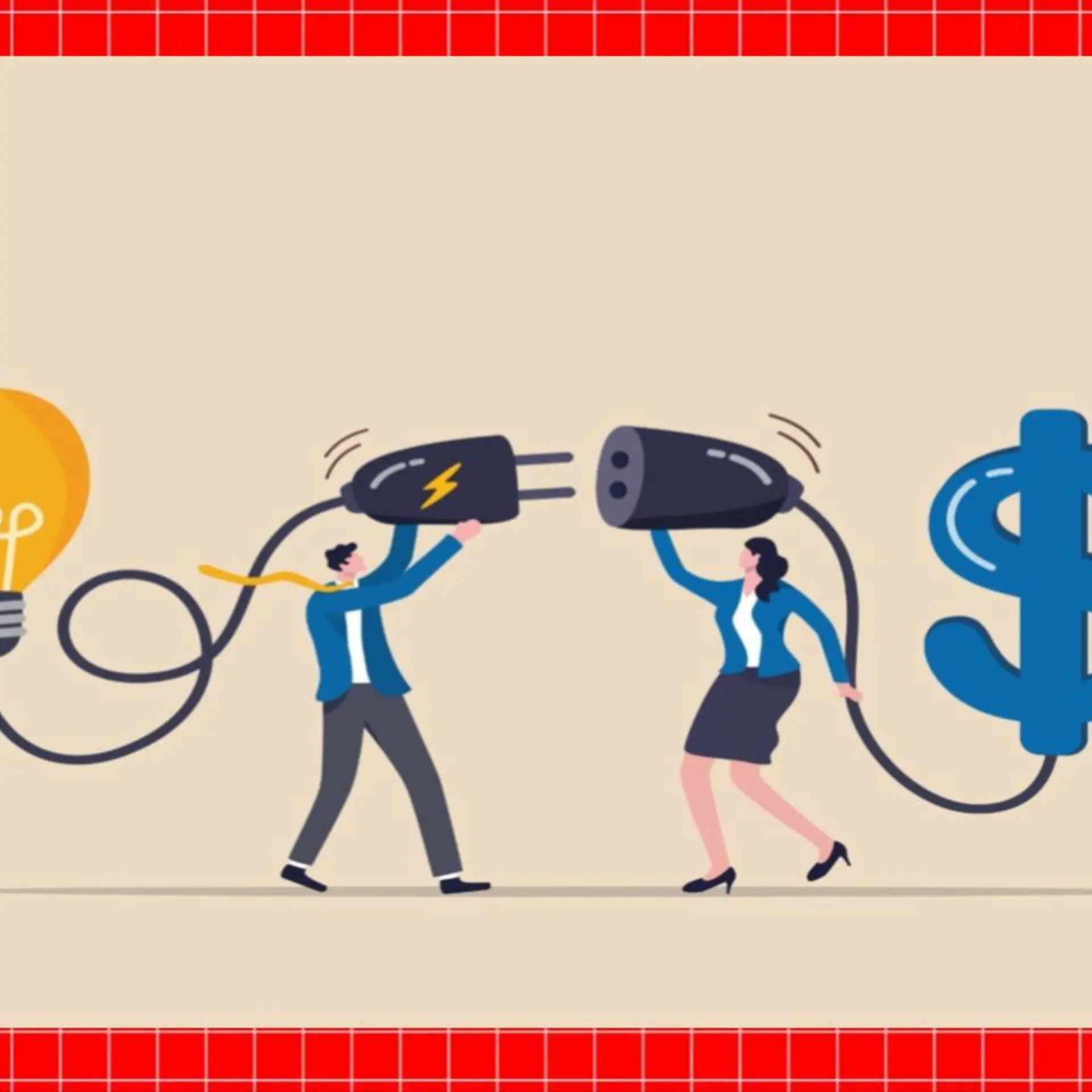Why should I care about customer success?
A few years ago, companies could afford not to care much about ensuring value to their customers. High switching costs from one provider to another, drawn-out procurement processes, locked-in billing and service agreements, all conspired to keep customers loyal and prevent them churning.
But with the advent of Software-as-a-Service, month-to-month billing, and various other innovations, the cost in terms of time, effort, and money, which a customer would have to invest in order to switch from one provider to another, has dramatically reduced. Today, the only way to keep your customers is to constantly show them the value of using your product. If they don’t constantly see that value they will leave you.

Bessemer Venture Partners does a great ‘State of the Cloud’ presentation in which they’ve calculated that a difference of one percent monthly churn can lead to a difference of $20MM ARR in year 4. What this means is that all those companies doing higher annual churn numbers than the median seven percent are leaving behind serious money on the table, not to mention impacting their valuations and possibly their very existence.
That being the case, one would imagine that companies (especially startups, because a startup that isn’t growing is dead) must be doing everything in its power to reduce churn and retain existing customers. Sadly, all the available data would suggest that this is happening very slowly. Pacific Crest’s Annual SaaS survey of 2015 claimed that the average churn rates last year were around seven to 10 percent.
In 2015, they’re about the same with the exception of churn in companies that have month-to-month contracts. In that case alone, churn increased from 13 to eight per cent.
The fact is that churn is insidious. It’s not something that companies look at in the very early stages. High growth numbers also serve to mask churn; because the company is growing significantly month-after-month, CEOs fail to see (or ignore) a problem with churn until that growth begins to plateau. By that time a huge opportunity in terms of learning and fixing churn early has passed by. The other opportunity that passes by, of course, is that of achieving “negative churn”: despite some customers leaving, existing customers provide additional revenue in the form of cross-sells and up-sells. There is no way to overstate the importance of reducing churn to the absolute minimum possible.
The most common way that companies choose to fight churn is by putting in place strong retention departments, whose job it is to make those last-minute phone calls and send emails offering deep discounts to potential churners. And this works in the short term, but it’s like putting a band aid on a bullet wound. Unless real value is delivered, the same customer hasn’t had their situation changed in any way. The best (and really the only) way to retain customers and fight churn is to ensure that customers continually receive value from the product.
Customer success is a term that’s come to represent this new way of stating a fundamental business principle that’s so fundamental we tend to forget about it quite often. What it means in a nutshell is that a startup (or, for that matter, any business, of any kind or at any stage) can only sustain itself and grow when its customers are using the startup’s product to achieve their goals and therefore seeing value in the product.
Of course, you’ll only know if they are receiving value if you track indicators such as usage, service requests, and other communication. In fact, every interaction between your customer and your product and your services has the potential to be an indicator as to the state of mind of that customer.
That’s why customer success is a philosophy that goes deep into every process of your company. It begins before the sale has happened; in fact, when you choose to market to only those leads that will receive value from your product. Customer success shapes the free trial offers and on-boarding of your new customers. It manages and sets in place processes for customer support and escalation. It serves to proactively reduce churn by trying to identify the moment when customers stop seeing value in your product, rather than retroactively chasing churned customers.
The reason why customer success is important, and why you should care about it is because in the long term, and especially when your company is running at scale, you will see greater returns by recognising those indicators that show up when a customer is unhappy, confused, or simply not using your service any more early and stepping in to help move your customer to a position of value recognition. By acting on these indicators, you can save the customer before they become a serious churn threat.
The clever thing about this is that you haven’t just put off the inevitable by offering a last-minute discount, but you’ve actually just given them what they were looking for in the first place, when they signed up. Developing your customer success strategy (and using tools to monitor and proactively eliminate churn threats) is therefore just as important to the scaling of your company as customer acquisition and the core functionality of your service. So don’t wait until you have a churn problem. Get proactive on customer retention and get your company on a massive growth trajectory!



![[Startup Bharat] Meet the 3 friends who turned entrepreneurs with a baby apparel company](https://images.yourstory.com/cs/2/b87effd06a6611e9ad333f8a4777438f/beelittle-1644327786164.png?mode=crop&crop=faces&ar=16%3A9&format=auto&w=1920&q=75)



